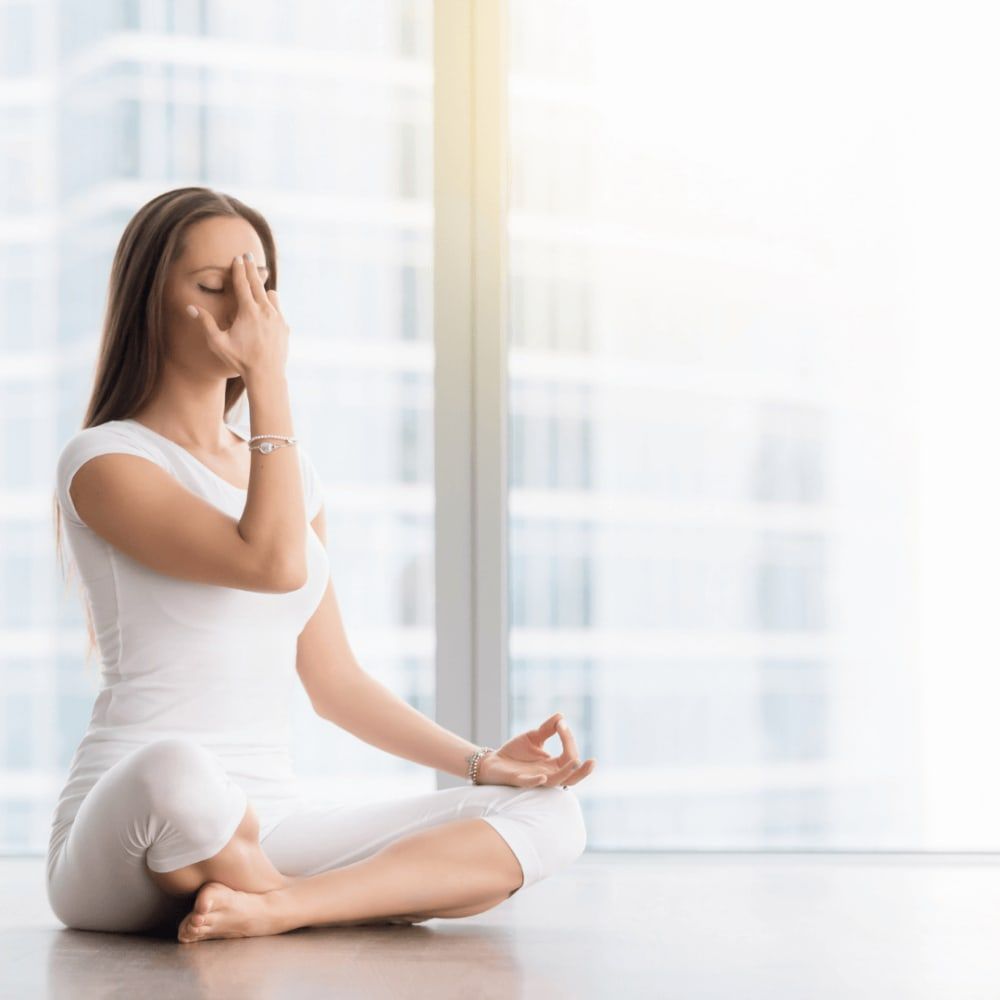Breathing is an essential part of yoga practice. The practice of breath control, or pranayama, is a powerful tool for improving physical, mental, and emotional health. In this article, we’ll explore the importance of breath control in yoga practice and some of the benefits it can offer.
What is Pranayama?
Pranayama is the practice of controlling the breath through various techniques, such as deep breathing, alternate nostril breathing, and breath retention. It’s a fundamental part of yoga practice and is often used in conjunction with physical postures, or asanas, to create a more complete practice.
Importance of Breath Control in Yoga Practice
Breath control is essential to yoga practice for several reasons:
- Calms the Mind: One of the primary benefits of breath control is that it helps to calm the mind and reduce stress and anxiety. When we focus on the breath, we become more present and centered, and we’re able to let go of distracting thoughts and worries.
- Regulates the Nervous System: Breathing is closely connected to the nervous system. By regulating our breath, we can influence the body’s stress response. Slow, deep breathing can activate the parasympathetic nervous system, which helps to counteract the effects of stress on the body.
- Enhances Physical Performance: Proper breath control can also improve physical performance by increasing oxygenation of the blood and muscles. This can help to increase endurance and reduce fatigue during physical activity.
- Improves Respiratory Health: Consistent practice of pranayama can also improve respiratory health by strengthening the lungs and respiratory muscles. Also, increasing lung capacity, and improving overall respiratory function.
Breath Control Techniques in Yoga Practice
There are many different techniques of pranayama. Each has its own unique benefits. Here are a few examples:
- Ujjayi Breath: Also known as “ocean breath”. Ujjayi breath is characterized by a slight constriction in the back of the throat, creating a sound similar to the sound of the ocean. This breath can help to calm the mind and enhance focus and concentration.
- Nadi Shodhana (Alternate Nostril Breathing): This technique involves breathing through alternate nostrils. It can help to balance the left and right sides of the brain, reduce stress and anxiety, and improve respiratory function.
- Kapalabhati (Skull-Shining Breath): Kapalabhati is a rapid, forceful breath that involves active exhalation and passive inhalation. This technique can help to energize the body, improve digestion, and release tension and stress.
Conclusion
Breath control, or pranayama, is an essential part of yoga practice that can offer numerous physical, mental, and emotional benefits. By incorporating breath control techniques into your yoga practice, you can enhance your overall well-being and achieve greater balance and harmony in your life. Whether you’re a beginner or an experienced practitioner, pranayama is a powerful tool that can help you achieve your health and wellness goals.



